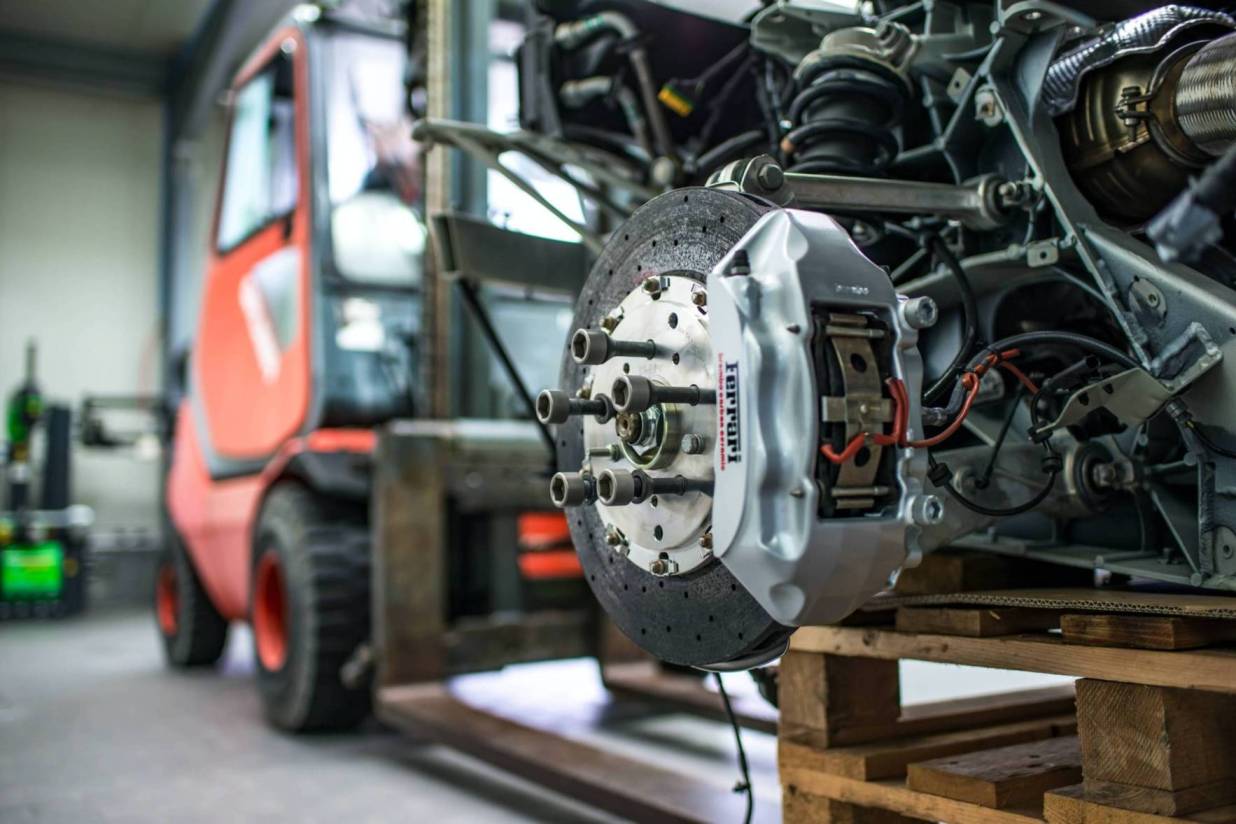 When it comes to upgrading your car’s performance, one of the most important areas to consider is your braking system. Aftermarket brake components can greatly improve your car’s stopping power and overall performance, providing a safer and more enjoyable driving experience. In this article, we’ll take a closer look at some of the most popular aftermarket brake options available for car enthusiasts.
When it comes to upgrading your car’s performance, one of the most important areas to consider is your braking system. Aftermarket brake components can greatly improve your car’s stopping power and overall performance, providing a safer and more enjoyable driving experience. In this article, we’ll take a closer look at some of the most popular aftermarket brake options available for car enthusiasts.
Aftermarket Options for Upgrading Your Brakes
Brake Pads
Upgrading your brake pads is one of the most popular and cost-effective ways to improve your car’s braking performance. Aftermarket brake pads are available in a variety of materials, each with their own unique characteristics. For example, ceramic brake pads provide superior stopping power and less dust, while semi-metallic brake pads are more durable and better suited for high-performance driving.
Brake Rotors
Upgrading your brake rotors can also have a significant impact on your car’s braking performance. Aftermarket rotors are available in a variety of materials, including cast iron, ceramic, and carbon-ceramic. Each material has its own unique properties and advantages, such as improved heat dissipation, reduced weight, and better resistance to warping.
Brake Calipers
Upgrading your brake calipers can not only improve your car’s braking performance, but also enhance its appearance. Aftermarket calipers are available in a range of colors and styles, and can provide better clamping force and more precise modulation. Some high-performance calipers also feature larger pistons and improved cooling for better performance during intense driving.
Brake Lines
Upgrading your brake lines can help to reduce brake fade and provide more consistent brake performance. Aftermarket brake lines are typically made from stainless steel or braided nylon, which provides better durability and resistance to wear and tear. Some high-performance brake lines also feature Teflon coating or other materials for improved performance in extreme conditions.
Brake Fluid
Upgrading your brake fluid can help to improve your car’s braking performance by providing better heat dissipation and reduced fluid compressibility. Aftermarket brake fluids are available in a range of types and grades, including DOT 3, DOT 4, and DOT 5.1. Some high-performance brake fluids are designed specifically for racing or high-performance driving, and offer better resistance to boiling and improved wet and dry boiling points.
Big Brake Kits
For drivers seeking even greater braking performance, big brake kits are an excellent option. These kits typically include larger brake calipers, rotors, and sometimes brake lines, designed to provide greater clamping force and heat dissipation. Big brake kits are commonly used in high-performance sports cars and racing vehicles, but can also be installed in street cars for improved stopping power.
Brake Cooling Systems
Brake cooling systems are designed to reduce brake fade and improve braking performance by directing cool air towards the brake components. These systems typically include ducting, fans, and/or air scoops, and can be installed in both front and rear brakes. Brake cooling systems are commonly used in racing applications, but can also provide benefits for high-performance street driving.
Anti-Lock Brake Systems (ABS)
Anti-lock brake systems (ABS) are standard on most modern cars, but can also be retrofitted to older vehicles. ABS systems help to prevent wheel lockup during hard braking, providing improved control and stopping distances. While not necessarily an aftermarket upgrade, repairing or upgrading your car’s ABS system can greatly improve your car’s braking performance and safety.
Brake Bias Adjusters
Brake bias adjusters allow the driver to adjust the front-to-rear brake bias for improved performance and balance. These devices are commonly used in racing applications, but can also provide benefits for street driving. Brake bias adjusters typically require professional installation and calibration, and should be used with caution to avoid compromising the safety of your car’s braking system.
Brake Pad Compounds
In addition to different brake pad materials, aftermarket brake pads are available in a range of compounds designed for specific applications. For example, some compounds are designed for track use and high-performance driving, while others are better suited for daily driving and commuting. Choosing the right brake pad compound for your needs can provide significant improvements in braking performance and durability.
When upgrading your brakes, it’s important to consider your driving style and needs. For example, if you regularly participate in track days or other high-performance driving activities, you may want to invest in more robust and high-performance brake components. On the other hand, if you mostly use your car for commuting and daily driving, a more cost-effective upgrade may be sufficient.
It’s also important to ensure that any aftermarket brake components you install are compatible with your car’s existing brake system. Working with a qualified mechanic or brake specialist can help you to select the best components for your car and ensure proper installation.
When upgrading your brakes, it’s important to consider the total package and how all the components work together. Upgrading one component may require upgrading others to achieve optimal performance and safety.Whether you’re a weekend track enthusiast or a daily commuter, upgrading your brakes can provide a safer and more enjoyable driving experience.
Leave a Reply